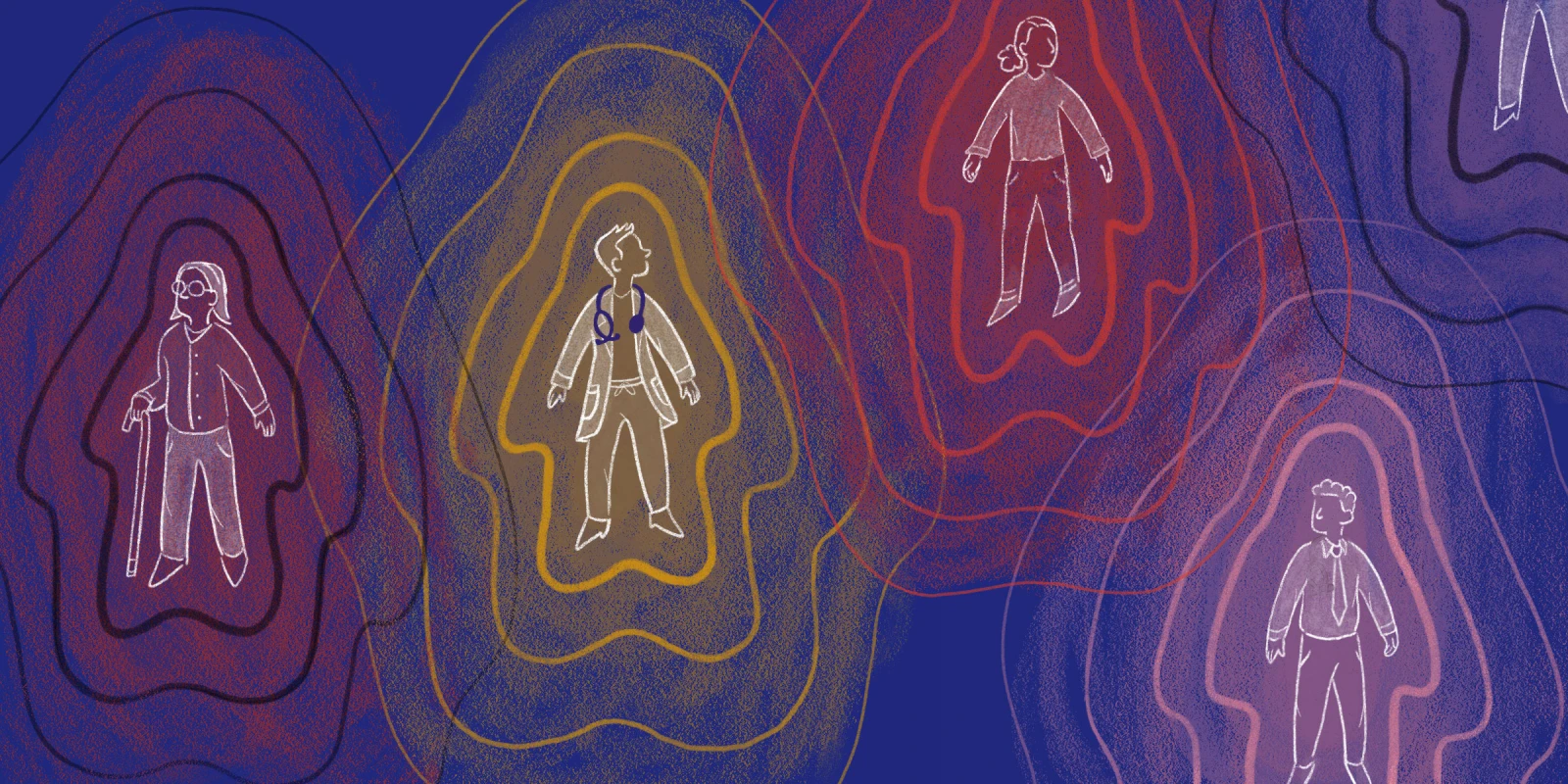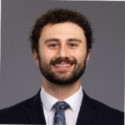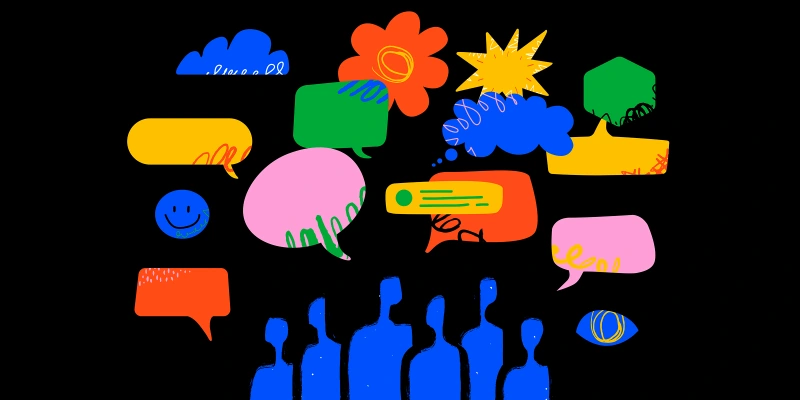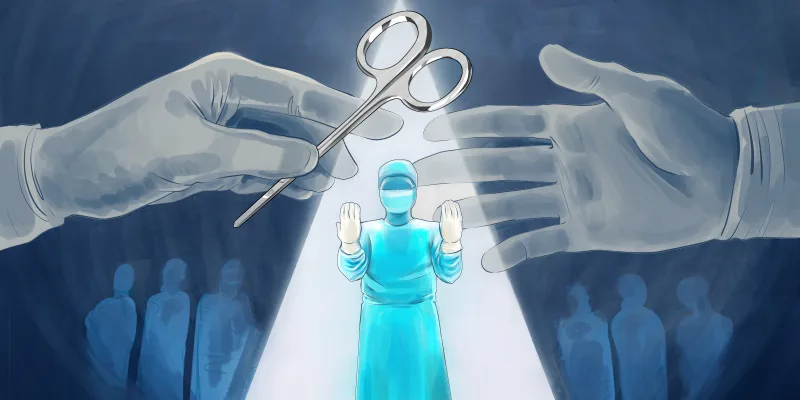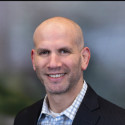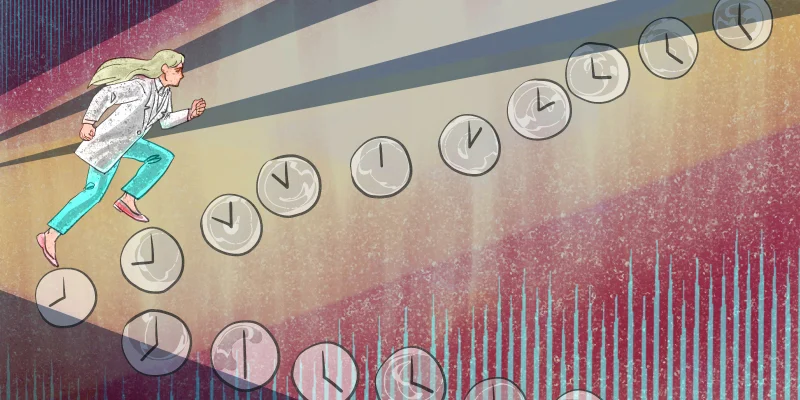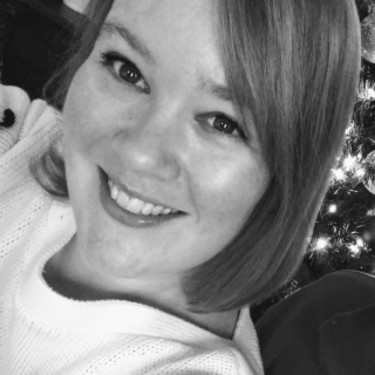When the medical team enters a patient’s room, I often find myself standing in the corner, overthinking how to hold my arms to appear calm and collected. I typically lock both hands below my waist and keep a soft look on my face as I keenly watch the encounter play out.
As a medical student, I often feel like an observer, stationed slightly outside the pulse of the day-to-day. I’m not yet part of the primary decision-making process independently carrying a large volume of patients, so I have more time to notice things others may overlook. While it can feel isolating at times, I’ve chosen to view the student perspective as its own quiet power. If I’m present enough, sometimes it reveals a side of medicine that surprises me and even changes care.
One shift, we admitted a patient with a thick record that spoke of years of medical milestones and treatments. Yet, what struck me most vividly wasn’t the diagnosis or even the medical challenges. It was the patient’s spouse, who never left his side — a quiet yet powerful embodiment of love and devotion that I found myself unable to ignore. Steady and unwavering, the patient’s wife listened to every explanation, nodded through medical terminology she might not fully grasp, and offered her husband a comforting touch whenever he looked weary. She seemed to carry his pain and uncertainty with a quiet resilience, filling in details he sometimes forgot or couldn’t bring himself to say. The strength of their bond and the dedication she brought to every minute of his care left a lasting impression on me.
I have already begun the process of hardening my emotional shell, an unfortunate yet inevitable coping mechanism against the suffering we witness daily in medicine. But on this day, it was unavoidable. Witnessing such love and despair, both existing within the same room and the same body, broke through my shell. I’m grateful it did.
Medicine can sometimes feel like a world in its own bubble, where we get absorbed in labs, scans, and treatment plans. The patient is there, but they can easily become reduced to a diagnosis on our lengthy lists. It’s not always clear whether this happens because we truly believe this is the best way to care for patients. More likely, I presume, focusing on the quantitative details is actually less challenging and time-consuming than being emotionally present and patient with someone in pain who may be strikingly different from us. It is worth noting, however, that some emotional protection has a purpose. There are emotions we see and inherently take on but can’t fully embrace because of our position of guidance — when our patients break, we can’t, or so it often seems. I held tears back in the corner of the room; wondering how it would appear unlocking my hands to wipe my eyes.
As I watched her, I found myself reflecting on how essential these family members are, not only to our patients but also to us, the medical team. They are silent pillars of strength who support and advocate for patients in ways we cannot. They know their loved one’s preferences, pain points, and fears, adding depth to our understanding of the person beyond their current status as a medical patient.
Observing this spouse that day influenced how I approached my own role in the team. I found myself explaining things more carefully, with both her and the patient in mind, ensuring she had a chance to ask questions or express concerns. The way I approached my rounds shifted too — before diving into clinical details, I checked in with her as much as with my patient, asking about the little things that often get overlooked: how she was holding up, if she needed a moment to grab food or take a break, and if she had any questions. By seeing her as an essential partner in care, I felt our work aligned more with the holistic healing we aim for, but don’t always achieve.
I realized how important it was to care not just for the patient in the bed but for the people who are right there supporting them, oftentimes bearing the pain as if it was their own. This wife’s devotion grounded me, reminding me that medicine isn’t just about procedures and diagnoses for the patient. It’s also about the people who share in our patients’ experiences and carry the emotional weight with them. They bring a rare intimacy and perspective that not only strengthens our ability to care for patients but also challenges us to be better clinicians. These individuals are seldom recognized formally, yet their influence on our patients’ healing processes is profound.
We can elevate our practice by honoring and learning from those who stand alongside our patients, whether they are spouses, children, friends, or caregivers. Ask for their names and write them down. Sit with a loved one and check in. Take an extra minute to just breathe and be present in a room that holds and feels so much more than we can ever fully process. While our emotional shells are there, we can learn how to both expose its cracks and harden its layer — it can exist and be of assistance. The key is to inspire moments of presence and emotional depth amid the formulaic strategies our roles necessitate. These are the opportunities that are not required of us, but if committed to, may deepen the existential and communal healing that is part of health.
As a medical student, I may not yet have the authority to write orders or finalize treatment decisions, but I do have the time and perspective to appreciate the whole picture. And it’s a privilege — one I hope to carry forward as I learn to blend the science of medicine with the humanity that keeps it grounded.
Andrew Mohama is a third-year medical student at Rush Medical College who is passionate about health equity, innovative patient- and community-centered health systems, and transforming complex health topics into accessible, meaningful narratives. With a background in biology and philosophy, many of his interests lie at the intersection of science and intellect, research and narrative. Andrew believes that storytelling can help us live better, more connected lives.
Illustration by Diana Connolly
